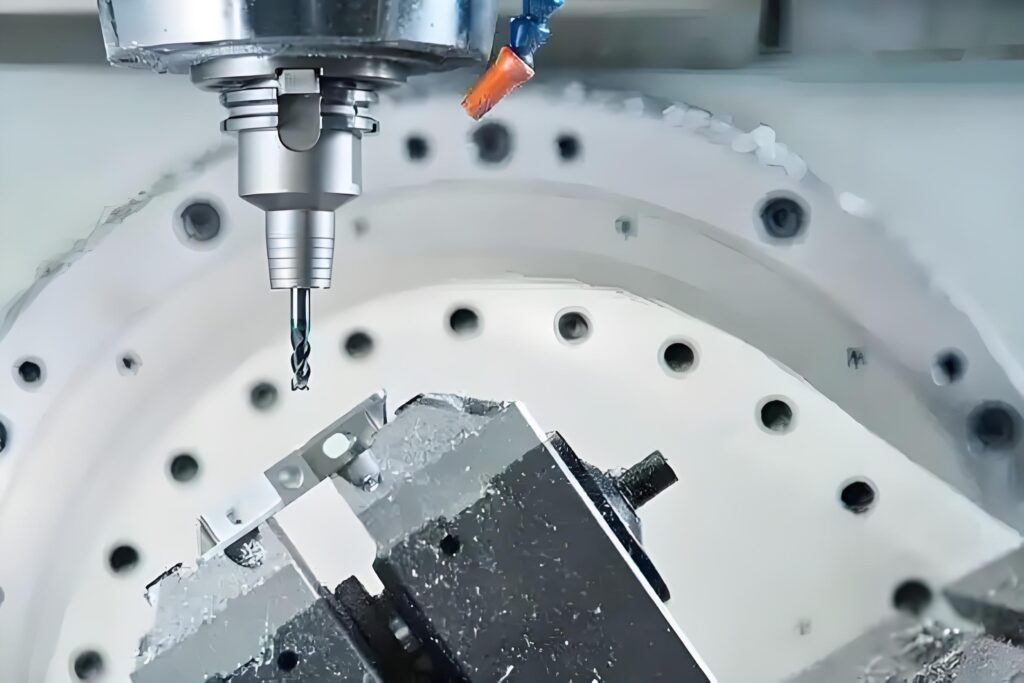In today’s era of pursuing sustainable development, aluminum enclosures have garnered significant attention due to their numerous environmental benefits. Not only do they help reduce carbon footprints throughout a product’s lifecycle, but they also contribute positively to environmental protection while ensuring high-quality production.
I. Recyclability of Aluminum: A Model for the Circular Economy
1. High Recycling Rate and Low Energy Consumption
Aluminum is a material with an exceptionally high recycling rate. Compared to other metals, its recycling process is relatively simple and efficient, achieving a recycling utilization rate of over 90%. This means that aluminum enclosures can be easily collected and recycled after a product’s end of life. The energy consumed in recycling aluminum is only about 5% of that required for primary aluminum production. For example, remelting and reprocessing discarded aluminum enclosures into new aluminum products significantly reduces energy consumption compared to extracting aluminum from bauxite ore, thereby lowering carbon emissions associated with energy production.
2. Resource Conservation and Circular Utilization
By recycling aluminum enclosures, aluminum resources are kept in circulation, reducing reliance on natural resources like bauxite. This helps conserve natural resources and alleviates the pressure on land, water, and ecosystems caused by mining activities. In the long term, the circular use of aluminum enclosures creates a closed-loop resource system, aligning with the principles of a circular economy. It minimizes waste generation while supporting sustainable economic development.
II. Eco-Friendly Production Practices: Ensuring High Quality and Low Pollution
1. Advanced Processing Techniques and Energy Efficiency
During the production of aluminum enclosures, advanced manufacturing technologies enhance energy efficiency. For instance, high-precision CNC machining equipment enables precise cutting, stamping, and bending of aluminum, reducing material waste while optimizing workflows and lowering energy consumption. Compared to traditional methods, these advanced processes ensure high-quality production while effectively reducing carbon emissions from manufacturing.
- Additionally, many aluminum processing companies are transitioning to renewable energy sources, such as solar and wind power, to operate production facilities. This further reduces the carbon footprint of manufacturing aluminum enclosures, making the process more environmentally friendly.
2. Green Surface Treatment and Chemical Management
Surface treatment is critical for enhancing the performance and aesthetics of aluminum enclosures. Increasingly, companies are adopting eco-friendly technologies like chromium-free anodizing. Traditional chromate treatments generate wastewater containing toxic heavy metals, posing severe environmental risks. In contrast, chromium-free anodizing avoids such pollution while delivering excellent corrosion and wear resistance.
- Strict management of chemicals ensures compliance with environmental standards. Wastewater, gases, and residues are treated through physical, chemical, and biological methods to minimize pollutant emissions, safeguarding ecosystems.
III. Product Use Phase: Dual Benefits of Energy Efficiency and Durability
1. Lightweight Design and Energy Savings
Aluminum enclosures are lightweight due to aluminum’s low density. In applications such as mobile devices and transportation, this lightweight property reduces overall product weight. For example, replacing traditional steel enclosures with aluminum enclosures in automobiles significantly lowers vehicle weight, reducing fuel consumption or extending the range of electric vehicles. This directly decreases energy use and carbon emissions during the product use phase.
2. Durability and Longevity
Aluminum’s inherent strength and corrosion resistance enable aluminum enclosures to provide robust protection, extending product lifespans. Durable enclosures reduce the frequency of product replacements, thereby minimizing resource waste and emissions from manufacturing. For instance, outdoor electronic devices with aluminum enclosures withstand weather and UV exposure, maintaining performance over extended periods and reducing replacement cycles.
IV. Future Prospects: Aluminum Enclosures in Sustainable Product Design
1. Synergy with Other Eco-Friendly Materials
Aluminum enclosures can be combined with renewable materials like bio-based plastics or natural fibers to develop greener products. For example, hybrid structures in electronics—using aluminum for heat dissipation and mechanical protection alongside biodegradable plastics—leverage both materials’ strengths to further reduce carbon footprints.
2. Driving Industry Sustainability Standards
As consumer environmental awareness grows and regulations tighten, the eco-friendly advantages of aluminum enclosures will push industries to adopt stricter sustainability standards. Manufacturers will increasingly prioritize lifecycle assessments—from raw material sourcing and production to usage and recycling—to comprehensively address environmental impacts. This will spur innovation in aluminum enclosure processing, ensuring high-quality production while achieving carbon reduction goals and contributing to a greener society.
Conclusion
With their recyclability, eco-friendly production processes, and energy-efficient durability, aluminum enclosures excel in reducing carbon footprints. By continuously optimizing manufacturing techniques and product design, they not only ensure high-quality outcomes but also play a vital role in advancing environmental protection and sustainable development.


